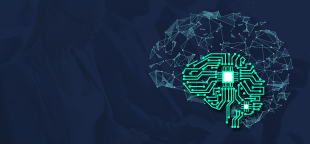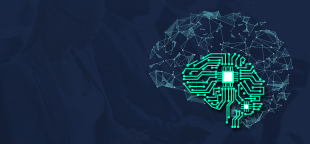UI Automation started with first wave tools like SilkTest, QTP which took over the world by storm and was best suited for regression in waterfall model.
Selenium began Second Wave of automation – an open source tool which brought automation closer to development methodologies like agile. However automation still required specialised skills and there was always a silo wall between manual and automation tester. Also following challenges were observed across all automation tools:
1. Cost of development
2. Single point of failure
3. High maintaineance
4. Flakiness
With Third Wave (or Next Gen) –silo will break where AI will provide codeless automation platform in cloud where testers can create and execute tests. Testers no need to worry about infrastructure limitations, changing user interface as this will be completely taken care by the automation platform.
How to get started with AI? 3 important steps to get started:
1. AI opportunities in test automation – is outcome of the test worth predicting? Is relevant data available?
2. Identify which AI algorithm is best suited – like Neural Network.
3. Identify whether to implement AI algorithm in automation OR use existing AI tools for test automation
Test.AI - developed by Jason Arbon has enabled AI automation where tester just needs to create simple tests in BDD format, that’s it! Test AI will automate these tests, update itself automatically if object properties in the web page changes, execute tests in cloud and generate automation reports.
Retest – another AI tool which has inbuild intelligent monkey testing which tests your application 24/7 for application crashes etc.
There are more awesome tools like Sauce Labs, EndTest, Unravel etc. which provide automation platform in cloud.
AI is going to be Test Automation’s BFF - As Jason Huggins says “We should be able to design AI bots or terminators which can click and enter text based on our requirement”
Forrester predicts that by 2025, technologies like robots, artificial intelligence (AI), machine learning, and automation will replace 7% (or 22.7 million) jobs in the US alone –next wave of automation is surely coming.
Satej Mirpagar
Automation Lead, Pepper
















